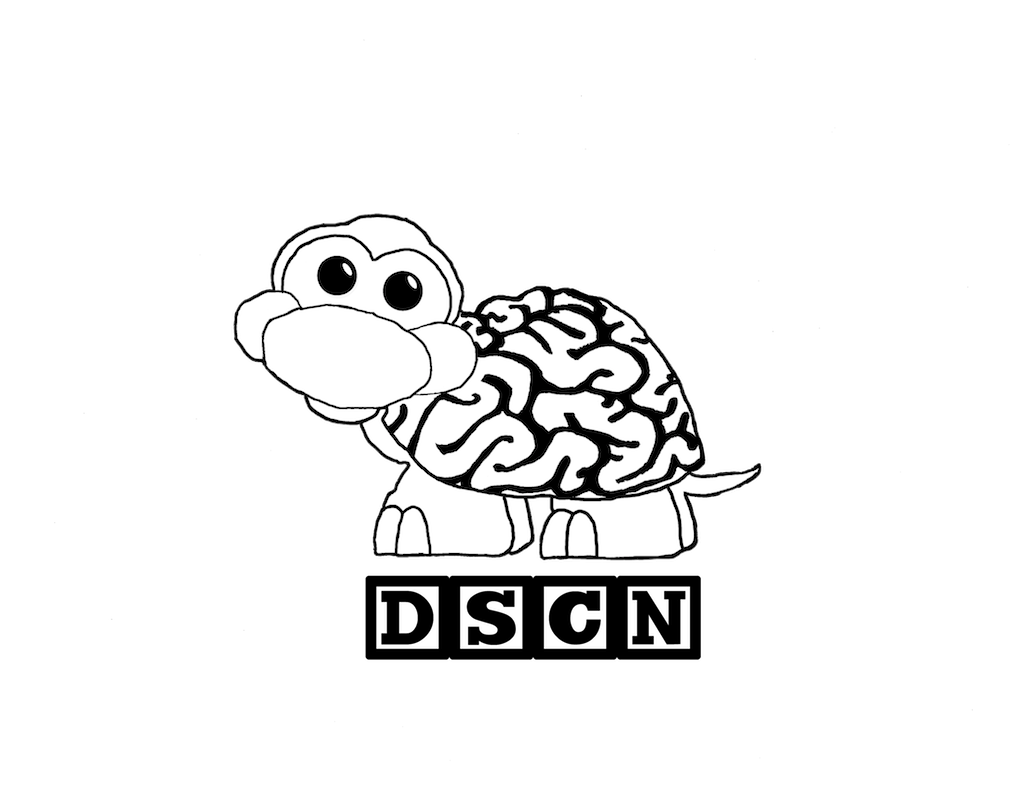

We may use a few different methods in our studies. The methods we use depend on the study, so if you are in contact with one of our researchers, we will always give you an overview of everything that happens in a study. Below is more information about the methods we use in our lab.
One common method we use in our lab is fMRI. fMRI stands for “functional magnetic resonance imaging.” The “f” stands for ‘function,’ and fMRI allows us to see how your child’s brain is functioning in response to pictures, movies, sounds, and words. fMRI is widely used in research and known to be safe! You may be nervous that your child might not like being in an MRI scanner, but we make sure we practice with each and every child in our mock (or pretend) scanner before bringing them into the real scanner. That way, you and your child can feel comfortable with the study. The "Explore" column has some resources you can review with your child to become familiar with our fMRI studies.
Another common method we use in our lab is behavioral tasks. These tasks typically involve your child playing games, watching movies, and listening to stories with a researcher. They will also answer questions about these games, movies, and stories. We try to create tasks as fun and interesting as possible for your children. For some studies, we may even monitor your child’s eye movements (using an eye-tracking machine) to see which parts of the pictures and movies your child looks at more. We also have some digital questionnaires for participants, caregivers, and selected peers of participants. These questionnaires ask about your feelings, interests, and relationships.
A method specific to a portion of one of our studies is Ecological Momentary Assessment, or EMA. EMA involves asking about what you are doing and feeling in the moment, in different environments. We will send your child text messages with short questionnaires at a few different times of day, to see what they might be doing or feeling as they interact socially with people in their lives.
For the same portion of one of our studies as the text messages, we also offer the option for your child to track their heart rate and breathing. For a few hours each day, your child can wear a heart rate monitoring band paired to their phone using Bluetooth.